NOTE: The Ocean Week in Review is a free publication. We enjoy collating and distributing this critical tool free of charge. If you are able to contribute to the cost of production, please help. Every donation is appreciated! THANK YOU!
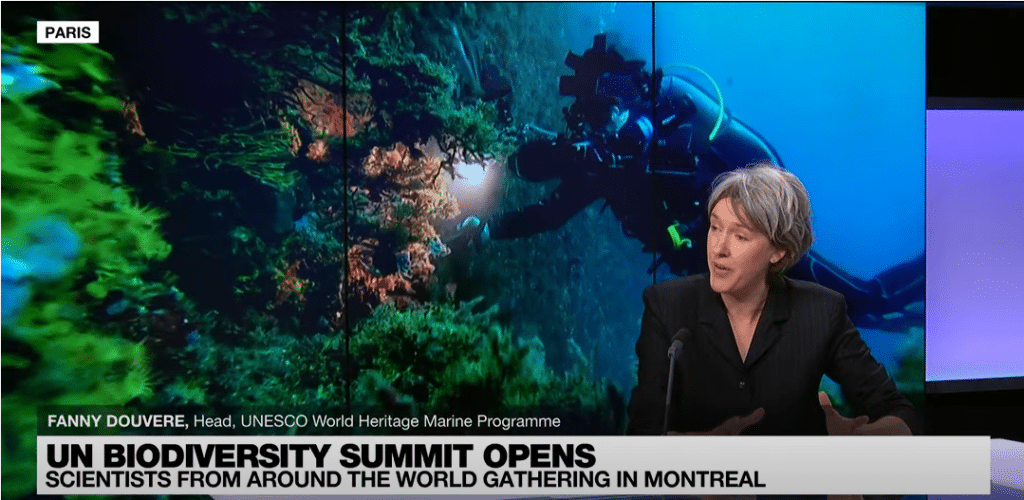
1. United Nations Biodiversity Conference (C0P15) 7-19, 2022 Overview
“As the COP15 biodiversity summit kicks off in Montreal, businesses and corporate leaders are pushing for an ambitious agreement with strong policies that will provide guidance to companies seeking to change. In the course of the two-week summit, all 196 governments under the U.N. Convention on Biological Diversity need to agree on how to go about ensuring there is more “nature” – animals, plants and ecosystems – in 2030 than there is now. For a closer look at the world’s oceans, FRANCE 24 is joined by Dr. Fanny Douvere who heads the World Heritage Centre’s Marine Programme, based at UNESCO’s HQ in Paris, France.
Thank you for your generous gift that will help us continue the production of this weekly, free publication
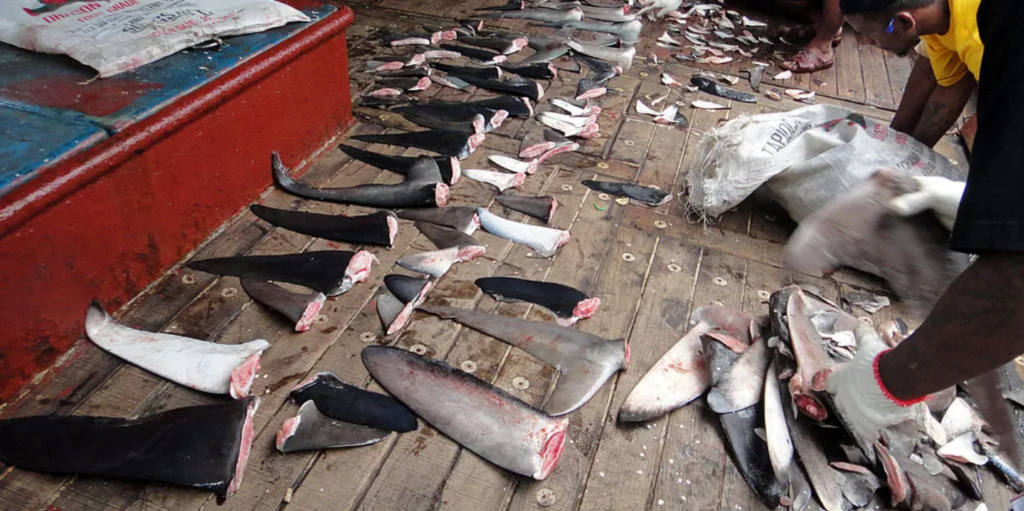
2. House Passes Shark Fin Trade Ban – US Very Close to Comprehensive Law
On December 6, 2022, the House of Representatives passed measures that would ban buying/selling shark fins in the United States to help combat illegal fishing as part of the annual defense spending bill. The act of “shark finning” is already illegal in the United States, this NDAA would make it illegal to buy or sell shark fins, cutting down on the practice elsewhere and constraining the market.
The NDAA must now head to the Senate for its review and voting.
Sea Save Foundation has a stake in this story. We have worked to render illegal the trade of shark fins in the USA for more than a decade. If you are in agreement please send a message to support this bill.
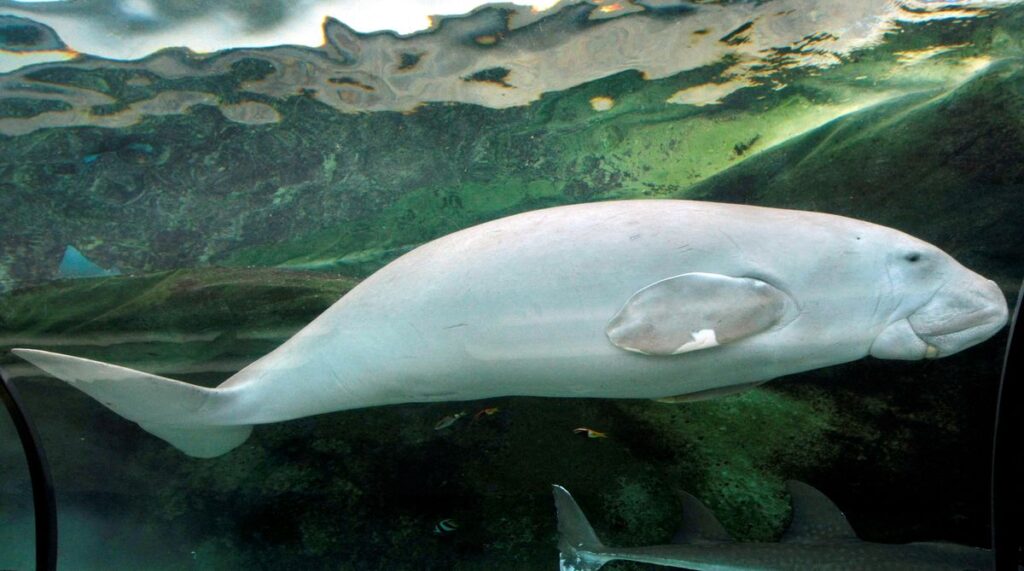
3. Nearly 10% of Marine Life Threatened with Extinction – Red List
The International Union for Conservation of Nature (IUCN) Red List of Threatened Species, also known as the IUCN Red List or Red Data Book, the world’s most comprehensive inventory of the global conservation status of biological species, updated their list, which shows more than 1,550 of some 17,903 marine plants and animals assessed are at risk of extinction.
The Secretary-General of the United Nations, Antonio Guterres, addressed the United Nations Biodiversity Conference (COP15) and urged countries to end an “orgy of destruction” and pass a deal to halt and reverse habitat loss
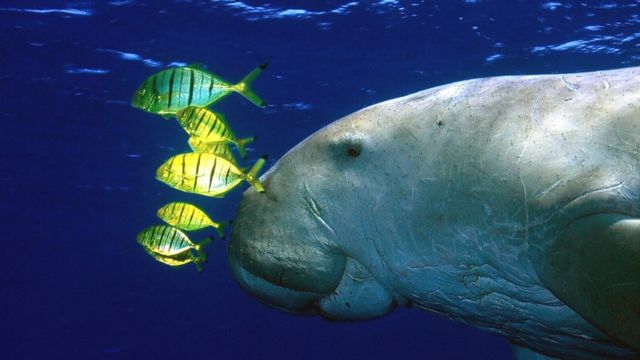
4. As the World Scrambles to Halt Biodiversity Loss, ‘Things Are Getting Worse’
The latest update to The International Union for Conservation of Nature’s (IUCN’s) Red List of Threatened Species, noted 22 species whose conservation status declined. Abalones, dugongs and other marine creatures were among the species highlighted in the announcement.
There were some glimmers of hope in the updates, with seven species seeing an improvement in their status. Those showing success had well-designed conservation plans—ones that involve local communities and that have sufficient resources—can make a difference in reserving species declines.
Conservation experts hope an agreement to protect biodiversity being negotiated this month in Montreal will help make such efforts possible on a much larger scale. “We really need a global plan to protect life on earth”, and it must have “ambitious, bold, measurable targets.”
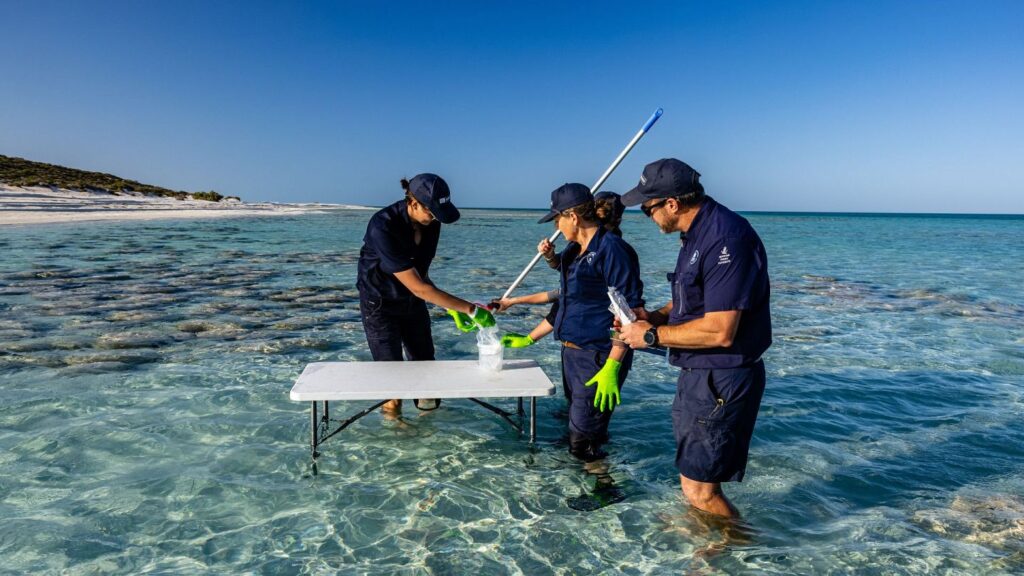
5. Scientists Asking Schoolchildren to Help Track Marine Life Leaving Warming Oceans
Marine sanctuaries are supposed to protect ocean life – but what can they do when this life moves away? As climate change heats the planet’s seas, many marine species are permanently migrating in search of cooler habitats.These migrants often stray beyond the fixed borders of protected areas, explains Dr Fanny Douvere, head of the UNESCO World Heritage Marine Programme. She further notes that “But if we’re not protecting the right areas, it makes no sense.”
To tackle this problem, the UN body is rolling out a massive citizen science project. A new global location map will use the ground-breaking concept of ‘environmental DNA’ to track where species are moving. The data will be collected in collaboration with local schools, helping to get the next generation of scientists interested in ocean conservation.
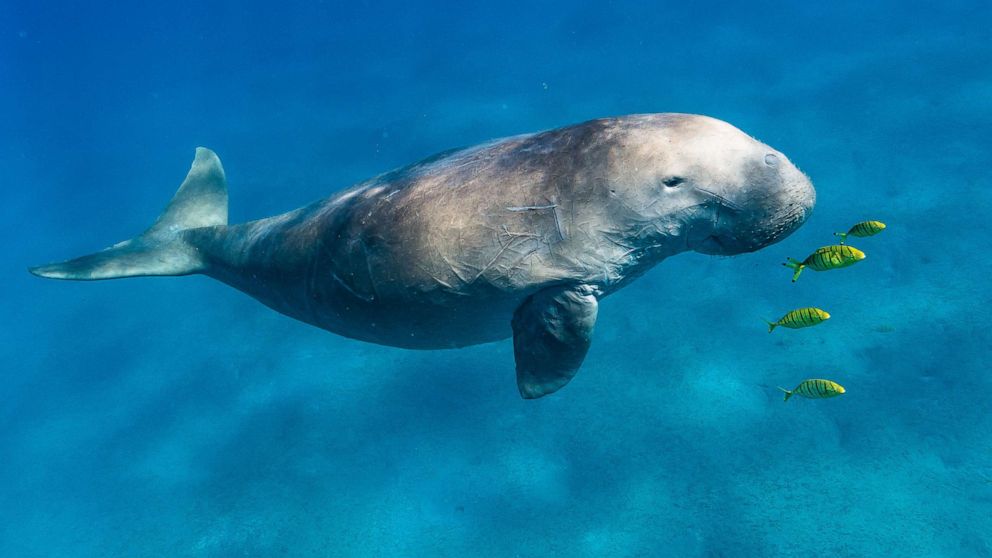
6. Biodiversity: ‘Magical Marine Species’ Pushed Toward Extinction
The “magical marine species” being pushed towards extinction? The Dugong, often described as a “sea cow” that evoked tales of mermaids, is almost wiped out in some parts of the world. Scientists have also sounded alarm over the loss of other marine creatures, including exotic coral and shellfish. The latest extinction list highlights risks to a type of pillar coral that forms finger-like structures found throughout the Caribbean. It is now classed as critically endangered. The coral is dying due to disease, climate change and pollution.
The International Union for Conservation for Nature (IUCN), which compiles the official Red List of endangered species, revealed the latest findings at the UN biodiversity conference, COP 15. Environmental groups say progress in the first week has been slow and are calling for a step change in both pace and ambition.
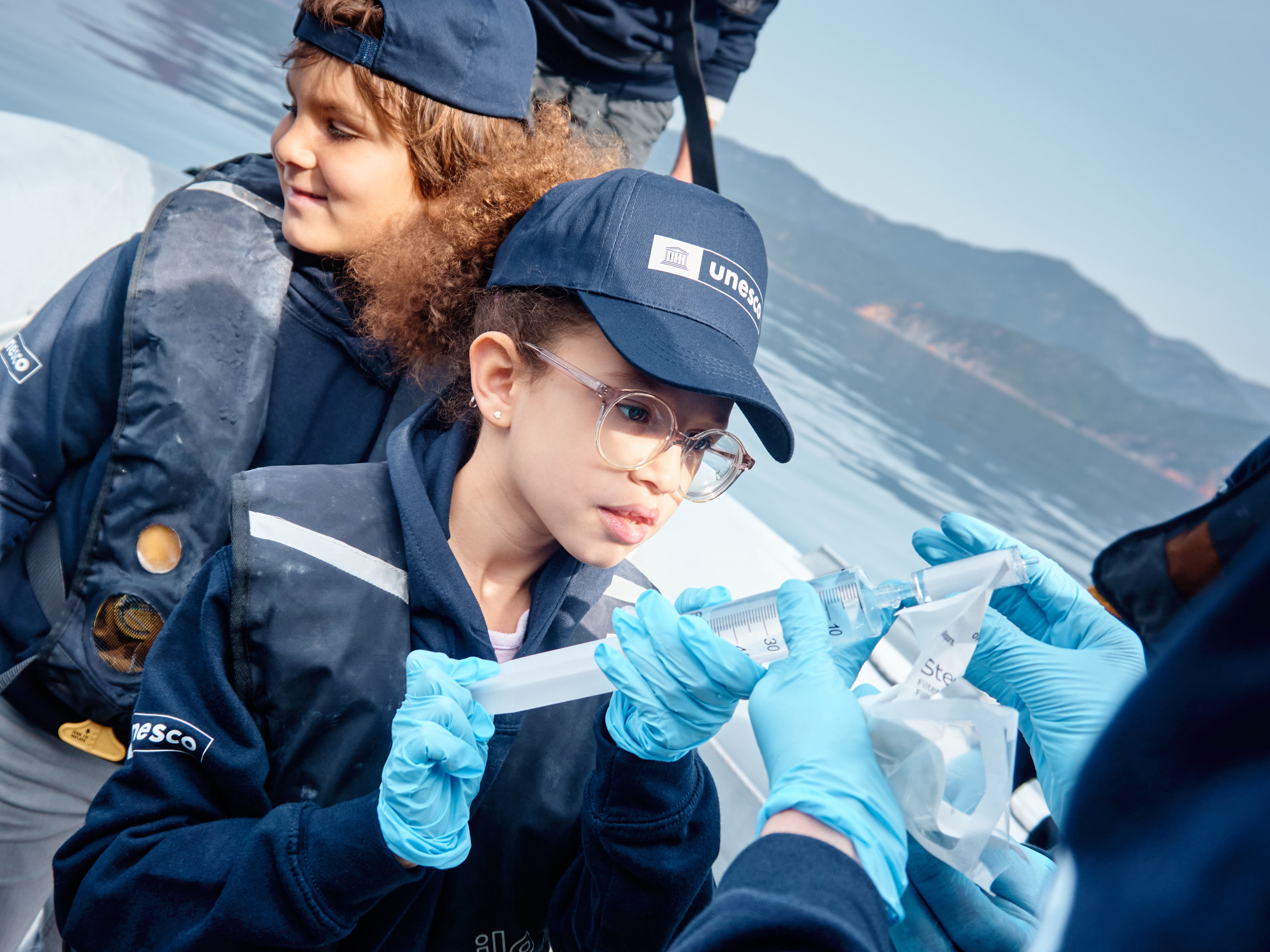
7. Are We Protecting the Right Places in the Ocean?
The ocean now counts more than 18,000 marine protected areas (MPAs), covering an estimated 8.16% of the sea. Evidence shows that highly protected MPAs – recover and restore biodiversity and ecosystem services, creating multiple benefits for both nature and people.
Across a number of MPAs, climate change is increasingly altering local biodiversity. Invasive species, for example, have become a key driver in disrupting native biodiversity. Some two-thirds of UNESCO marine World Heritage sites struggle with the problem.
UNESCO embarked on a global, two-year citizen science initiative through which fish species and other marine biodiversity are sampled across 25 of the world’s most exceptional MPAs using environmental DNA methods. This initiative is expected to provide initial insights into where fish species might move and how present and future MPA boundaries might need to be thought out differently to remain relevant in a rapidly changing ocean.
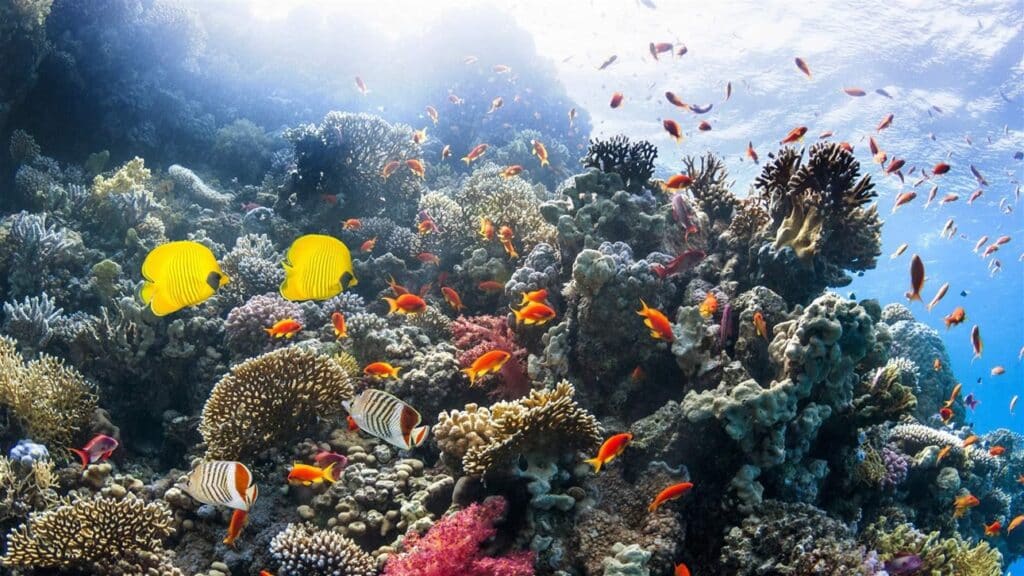
8. Coral Reefs are Essential in Supporting Biodiversity. Here is Why…
In the world’s ocean, coral reefs play an essential role in supporting biodiversity and livelihoods, and in helping communities adapt to a changing climate. The array of marine life that relies on this ecosystem ranges from commercially important fish, such as groupers and snappers, to eye-catching invertebrate species, including sea slugs (nudibranch). More than 1 billion people depend on coral reefs for food and income. Reefs also act as a natural barrier during storms, helping to reduce the full impact of waves before they reach shorelines and coastal communities. But today, coral reefs are among the most threatened ecosystems on our planet. Protecting, restoring, and monitoring coral reefs can be an important adaptation measure within the NDCs. Here are six facts about coral reefs…
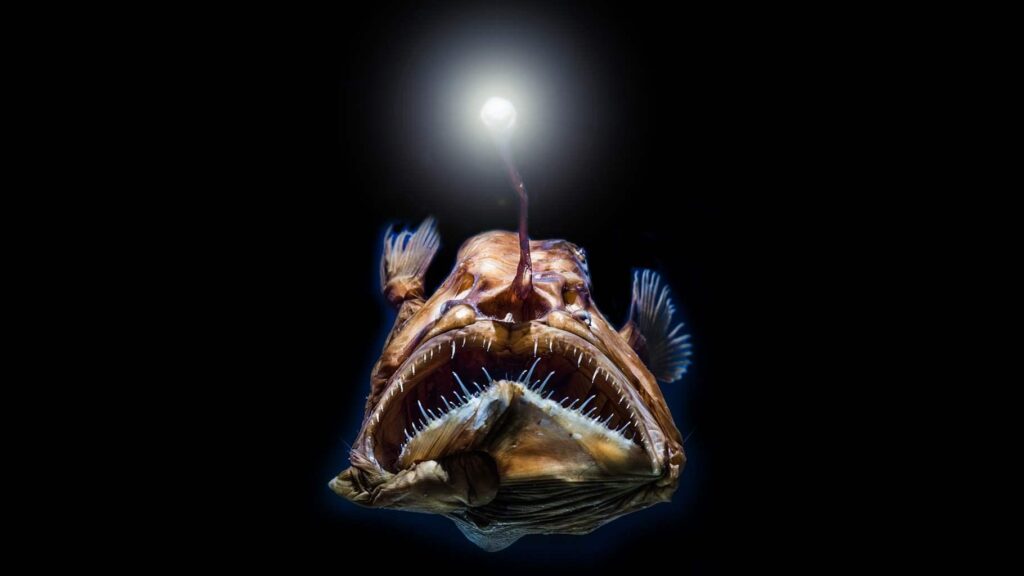
9. Momentum Builds to Halt Seabed Mining in International Waters
The deep ocean faces threats as governments and companies position themselves to mine mineral deposits on or beneath the deep seabed, more than half of which lies beyond national jurisdiction.
An obscure provision in the United Nations Convention on the Law of the Sea (UNCLOS), could allow commercial seabed mining to begin as early as July 2023. That’s because in 2021, the Republic of Nauru announced its intent to put forward a deep-seabed mining application. If the International Seabed Authority is unable to update these regulations by July 2023, it is likely the mining company sponsored by Nauru will still submit a mining application for the body’s review.
Due to the anticipation that regulations will not be in effect by July 2023, many nations have weighed in and called for a multitude of options ranging from a precautionary pause, delay, moratorium or outright ban.
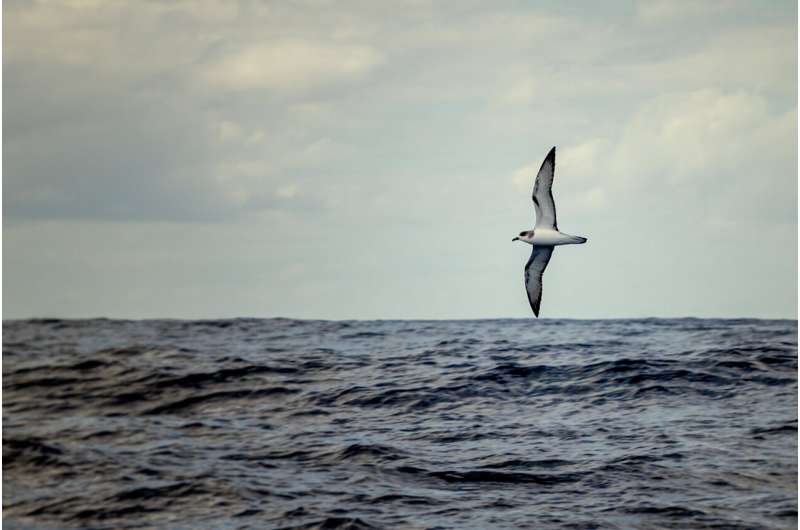
10. New Research Shows People, Wildlife, and Marine Environment Benefit When Island-Ocean Connections Restored
Islands support some of the most valuable ecosystems on Earth, with a disproportionate amount of rare plants, animals, communities, and cultures found nowhere else. Healthy land-sea ecosystems depend on a flow of nutrients from oceans to islands and from islands to oceans, a process that “connector species,” such as seabirds, seals, and land crabs, facilitate.
Restoring and rewilding islands that have been decimated by damaging invasive species provides benefits to not only the terrestrial ecosystem but to coastal and marine environments as well. Linking land and sea through coordinated conservation efforts may offer unrealized and amplified benefits for biodiversity, human well-being, climate resilience and ocean health, and provides a microcosm for the untapped potential of ecosystem restoration on a larger scale. This new era of conservation focuses on the interconnectedness of all ecosystems, rather than pursuing individual pieces through siloed efforts.
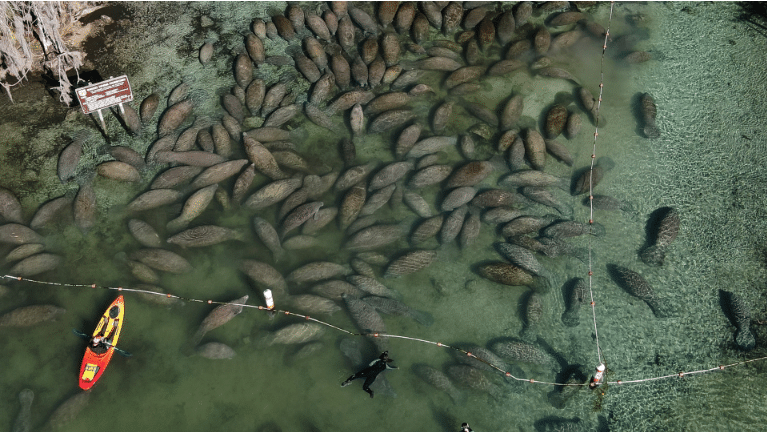
11. Can Big Data Save Oceans?
Monitoring marine life is difficult, as marine plants and animals are usually hidden from view below the ocean’s surface. To meet this challenge, engineers, oceanographers and biologists have been working on new technologies to document and study life in the changing ocean and advance our understanding of the ways that physical and biological systems interact.
One of several new technologies includes eDNA, which uses adapted genome technology to detect the molecular presence of species through fragments of DNA left in the water column. Autonomous eDNA sampling from a ship or robotic underwater vehicle can detect if whales have been nearby or whether an area is a biodiversity hotspot and worthy of becoming a marine sanctuary.
These maturing marine life observing capabilities will provide critical information to continue protecting and managing important marine resources and to find new ocean-based solutions to mitigate global environmental change.
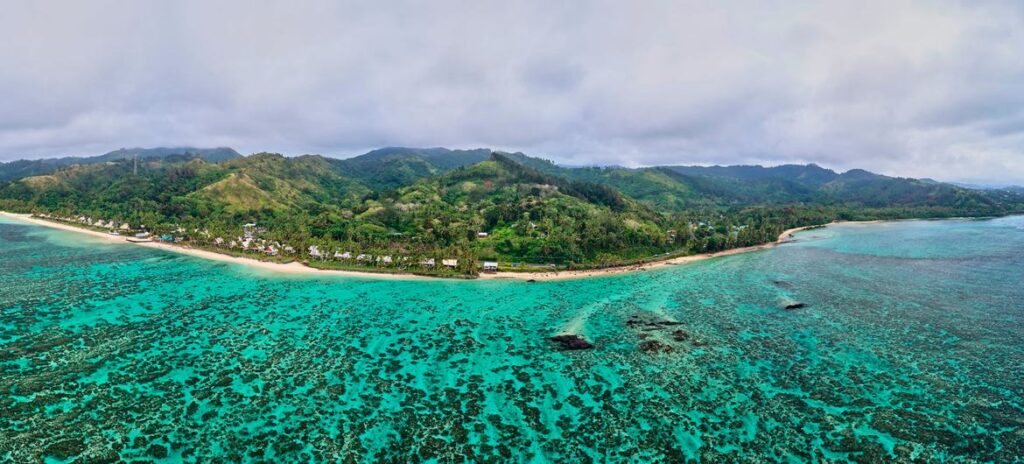
12. With Ocean in Dire Straits, Law of the Sea’ more Relevant than Ever
“The ocean is life. The ocean is livelihoods and the ocean binds humanity together across history and cultures”, stated UN Secretary-General Antonio Guterres, at a major General Assembly meeting marking the 40th anniversary of the adoption of the Law of the Sea Convention. He highlighted the breadth of the accord, spanning from “the air we breathe, to the atmosphere that sustains all life, to the ocean-based industries that employ some 40 million people, to the species that call the ocean home.”
The 1982 Law of the Sea Convention (LOSC) set a comprehensive legal framework for the use and protection of the sea, the seabed and subsoil, and the marine environment, including both natural and cultural resources. The LOSC establishes clear guidelines with respect to states’ navigational rights, maritime zones, boundaries, and economic jurisdiction, while providing member states a mechanism for international cooperation and dispute resolution.
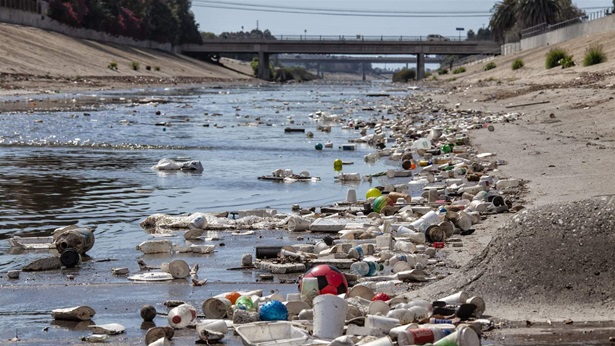
13. Plastic Pollution: ‘If We Can Solve It for South Africa, There’s a Lot to Be Learned’
The Pew Charitable Trusts’ 2020 report “Breaking the Plastic Wave,” a first-of-its-kind global analysis of ocean plastic pollution, found that solutions exist to reduce annual flows of plastic into the ocean by about 80% by 2040.Recognizing that solutions will vary by location, Pew and the University of Oxford created the Breaking the Plastic Wave Pathways Tool (“Pathways”), which considers local context when evaluating different approaches to reducing plastic pollution.
The Council for Scientific and Industrial Research, a research organization in South Africa, used Pathways to model how materials flow through the country’s plastics value chain and evaluate the effects of policies and strategies to reduce plastic pollution.
“Is plastic pollution an upstream consumption issue or is it a downstream waste management issue?” The study showed that there’s no single intervention—it will require addressing both upstream consumption and downstream waste management to reduce plastic leakage.
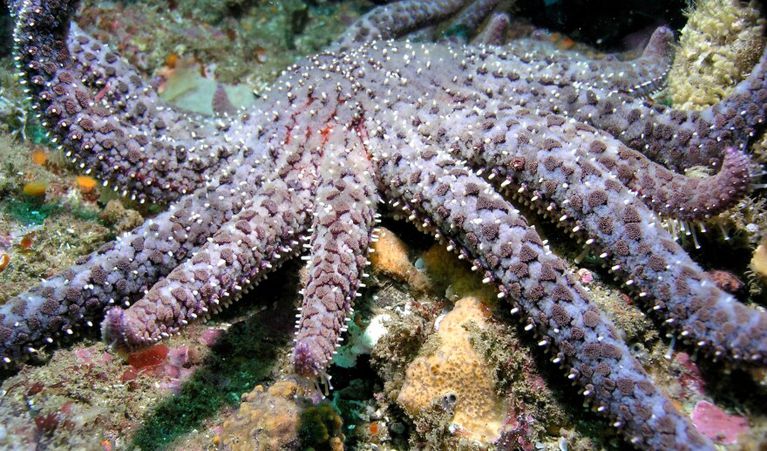
14. West Coast Scientists Call for Action to Help Sunflower Sea Stars
Scientists along the West Coast are calling for action to help sunflower sea stars, among the largest sea stars in the world, recover from catastrophic population declines. Experts say a sea star wasting disease epidemic that began in 2013 has decimated about 95% of the population from the Aleutian Islands of Alaska to Mexico’s Baja California peninsula.
The decline triggered the International Union for Conservation of Nature to classify the species as critically endangered in 2020. A petition to list the species under the federal Endangered Species Act was filed in 2021. A spokesman for the National Marine Fisheries Service, said whether the agency recommends the sea star be listed under the Endangered Species Act will be posted to the Federal Register by early next year.
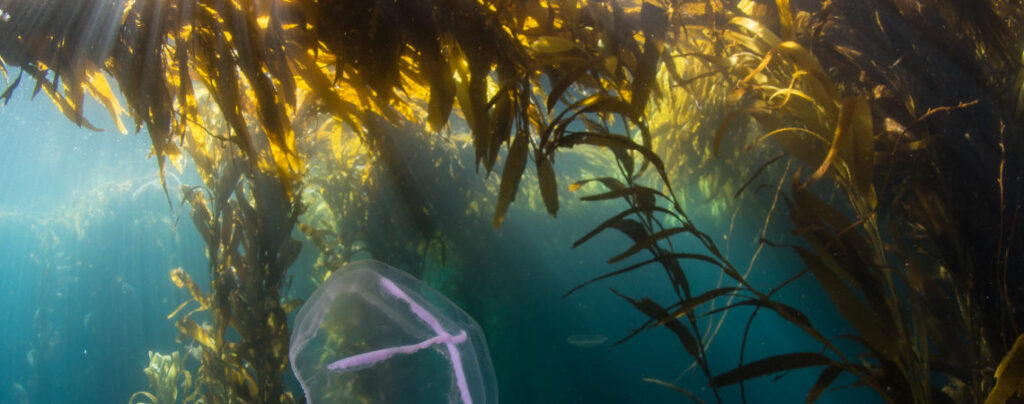
15. New Marine and Terrestrial Protected Area in Tierra del Fuego, Argentina
On Tuesday, December 6, 2022, the Argentine province of Tierra del Fuego, Antarctica and South Atlantic Islands passed a law creating the Peninsula Mitre Natural Protected Area. The newly protected area covers a terrestrial and marine surface of approximately 10,000 square kilometers covering the eastern end of the Isla Grande de Tierra del Fuego and the marine area around Isla de los Estados, adjacent islands and islets, up to four nautical miles offshore.
The new protected area will have different conservation and management zones for permitted uses. The main interest in protecting these areas is to promote eco-tourism. As a result, some zones will not allow extractive activities like fishing, while others will only permit these activities if they are authorized, and a management plan ensures they have low environmental impacts.

16. Maldivian Hotels Lead Way in Sustainability and Ocean Conservation
Sustainability has never been more luxurious than in the Maldives, where innovative methods are being employed to ease environmental pressures without sacrificing style.
Last year, the Laamu Atoll, one of the most southern groups of islands in the Maldives, was designated a Hope Spot—the culmination of more than five years of collaborative research and conservation efforts between Six Senses Laamu and three non-governmental organizations: The Olive Ridley Project, Blue Marine Foundation and The Manta Trust. There are Hope Spots scattered across the world’s oceans, from the Northwest Passage in the Arctic Ocean to Lord Howe Rise in the Pacific. They have little in common in terms of geography, but all are ecologically significant and their protection is vital to the preservation of marine species or nearby human communities who rely on a healthy marine environment.
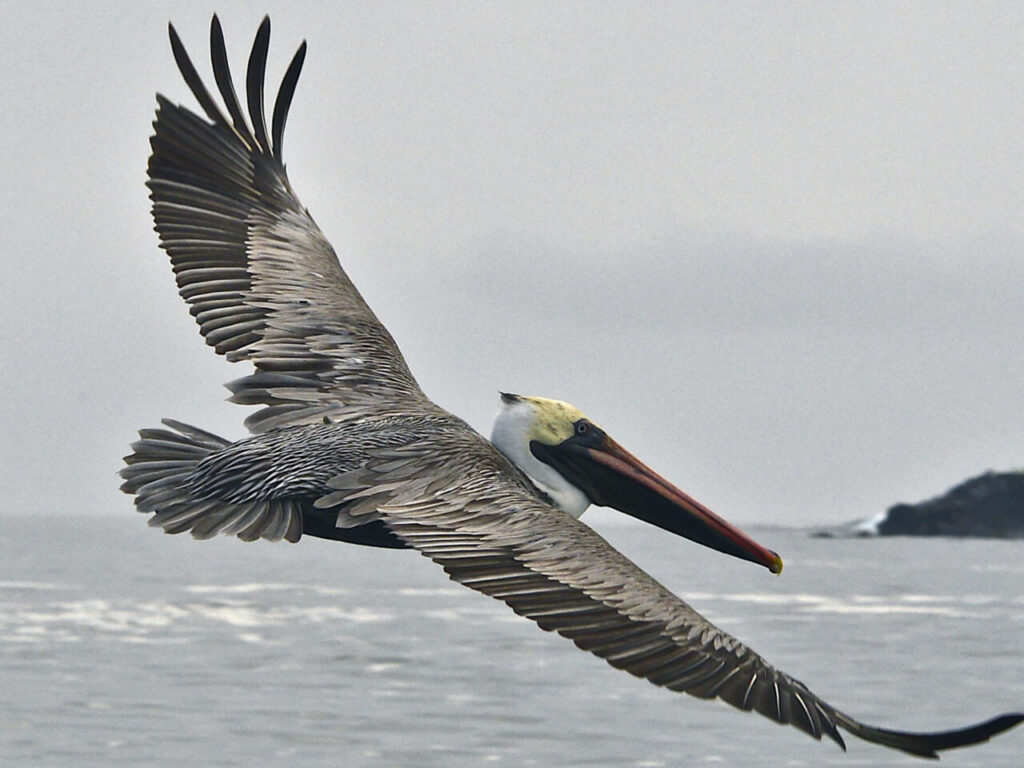
17. Tackling Invasive Land Species Can Spark ‘Stunning’ Improvements at Sea
Restoring islands devastated by invasive species and helping coastal “connectors” like seabirds boosts nature on land and at sea – and may be a new way to increase resilience to climate change. A group of experts and scientists from across the world reviewed thousands of studies to build a picture of island health to map out new strategies for protecting their often unique and threatened species.
They found that removing invasive species and restoring island ecosystems on land can also have significant benefits to underwater environments. That is largely thanks to the role played by “connector species” such as seabirds, seals and land crabs, which transfer nutrients from oceans to islands and vice versa, said the paper, published in Proceedings of the National Academy of Sciences.




